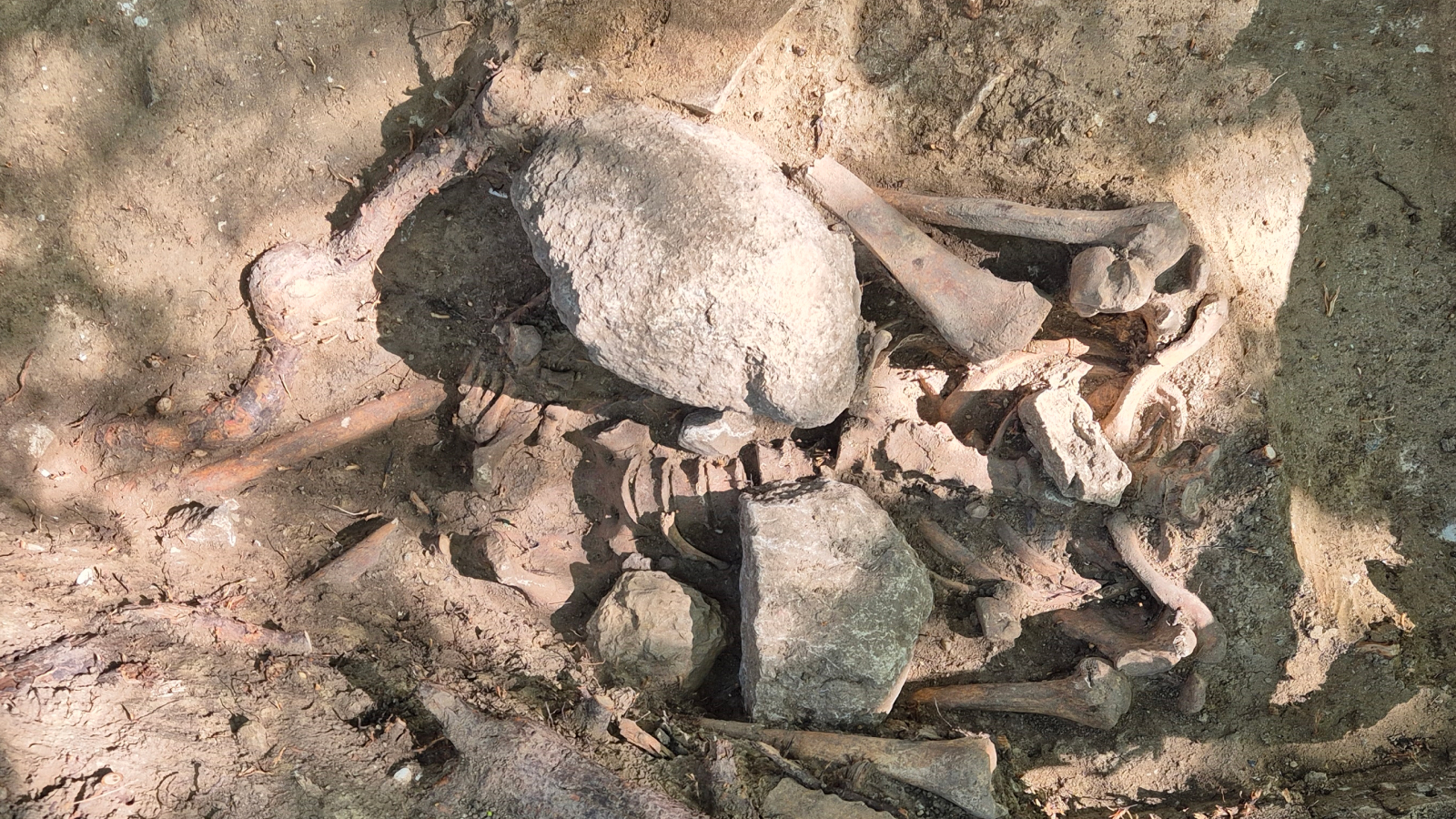IJMS, Vol. 24, Pages 5400: Theoretical Study on the Gas-Phase and Aqueous Interface Reaction Mechanism of Criegee Intermediates with 2-Methylglyceric Acid and the Nucleation of Products
International Journal of Molecular Sciences doi: 10.3390/ijms24065400
Authors: Lei Li Qingzhu Zhang Yuanyuan Wei Qiao Wang Wenxing Wang
Criegee intermediates (CIs) are important in the sink of many atmospheric substances, including alcohols, organic acids, amines, etc. In this work, the density functional theory (DFT) method was used to calculate the energy barriers for the reactions of CH3CHOO with 2-methyl glyceric acid (MGA) and to evaluate the interaction of the three functional groups of MGA. The results show that the reactions involving the COOH group of MGA are negligibly affected, and that hydrogen bonding can affect the reactions involving α-OH and β-OH groups. The water molecule has a negative effect on the reactions of the COOH group. It decreases the energy barriers of reactions involving the α-OH and β-OH groups as a catalyst. The Born-Oppenheimer molecular dynamic (BOMD) was applied to simulate the reactions of CH3CHOO with MGA at the gas-liquid interface. Water molecule plays the role of proton transfer in the reaction. Gas-phase calculations and gas-liquid interface simulations demonstrate that the reaction of CH3CHOO with the COOH group is the main pathway in the atmosphere. The molecular dynamic (MD) simulations suggest that the reaction products can form clusters in the atmosphere to participate in the formation of particles.

 1 year ago
44
1 year ago
44


